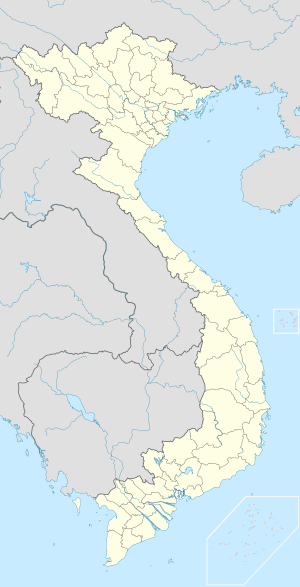Phú Quốc Prison


Phu Quoc Prison (Vietnamese: Nhà tù Phú Quốc) is a prison in Phú Quốc, southern Vietnam (today it is in Kiên Giang Province. The prison was built in 1949-1950 by the French colonists to jail those considered specially dangerous to the colonist government. After the First Indochina War, the prison became a P.O.W. camp under the administration of the Republic of Vietnam for detention of captured Viet Cong and North Vietnamese soldiers. Many of the high ranking leaders of Vietnam were detained here. It is ranked a special historical relic of national importance by the government of Vietnam. The most famous site in this prison is "tiger's cage" (vi:"chuồng cọp"). The prison covers an area of 40,000 square metres (0.015 sq mi). The prison was closed after the country united and just opened for visitors later.
Tortures in Phu Quoc Prison
Red Cross team visited Phu Quoc Prison in 1969[1] and 1972.[2] They also found that there had been savage and systematic torture of prisoners of war for a long time.[3] They found traces of corporal punishments against prisoners of war like electrical shock and food deprivation. [4] In August 1971, an inspector from the embassy of the United States in the Republic of Vietnam reported on the continuous tortures at Phu Quoc Prison.[4]
References
- ↑ International Review of the Red Cross, March 1969, 9th year, No 96. , p. 130
- ↑ International Review of the Red Cross, March 1969, 12th year, No 144. , p. 658
- ↑ Howard Zinn (2003). A people's history of the United States. Pearson Education. p. 478.
- 1 2 Paul Joseph Springer (2006). American Prisoner of War Policy and Practice from the Revolutionary War to the War on Terror. A PhD Dissertation on History. (PDF). Texas A&M University. p. 242.
External links
| Wikimedia Commons has media related to Phu Quoc Prison. |